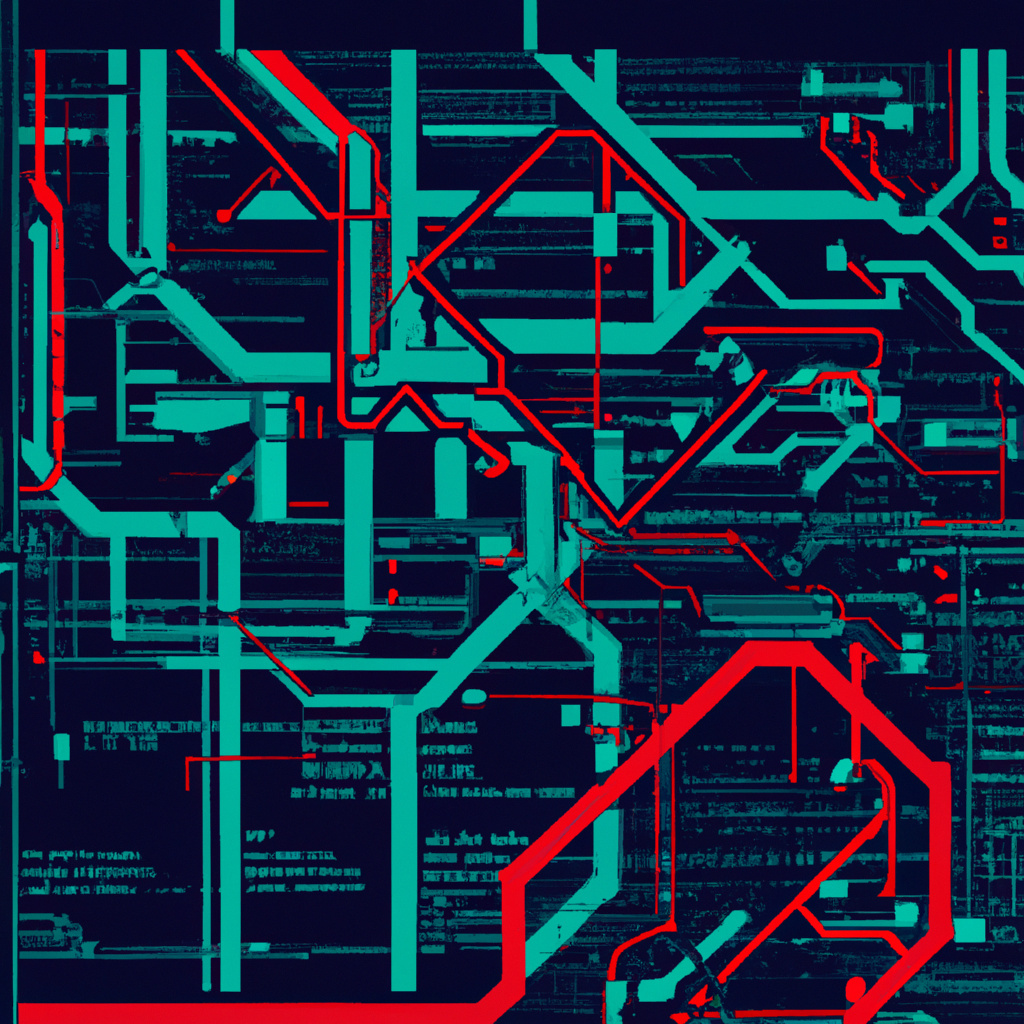Labs
Service Blueprints
Looking to optimize service offerings and enhance customer experiences? Service Blueprints can revolutionize your approach. Learn how to effectively map customer journeys and uncover opportunities for innovation.

Service blueprints are powerful tools used in innovation and transformation projects. They help professionals visualize and understand the end-to-end customer experience, identifying areas for improvement and uncovering opportunities for innovation. This article explains what service blueprints are and how they can benefit your organization.
Where did Service Blueprints come from?
Service blueprints are a visual tool used in service design and innovation projects to understand and improve the customer experience. They provide a holistic view of a service by mapping out the different touchpoints, actions, and interactions that occur between customers, employees, and systems. Service blueprints evolved from the concept of "customer journey mapping" in the early 1980s by G. Lynn Shostack. Since then, they have been widely adopted to help organizations gain insights into their services and make informed decisions for improvement.
What are the key concepts?
Some of the key concepts involved in Service Blueprints include:
- Service blueprints are visual tools that help organizations understand and improve the customer experience by mapping out all the touchpoints, actions, and interactions involved in a service.
- They provide a holistic view of how different channels, processes, and people within an organization work together to deliver a service.
- Service blueprints not only highlight the front-end customer interactions but also the back-end processes and systems required to support those interactions.
- By visualizing the entire service journey, organizations can identify pain points, bottlenecks, and opportunities for improvement to enhance the overall customer experience.
- Service blueprints can be used as a collaborative tool to align teams across departments and ensure everyone understands their role in delivering exceptional service.
What's the process?
In a service blueprint, there are several typical activities involved that help to map out and understand the customer experience journey. These activities include identifying different customer touchpoints, both physical and digital, and mapping out the sequence in which they occur. Next, stakeholders analyze these touchpoints to understand what actions or steps take place at each stage of the journey. They also consider the various people involved, such as customers, employees, or other service providers. Additionally, service blueprinting involves capturing any relevant front-stage and back-stage processes that impact the overall customer experience. By visually representing these activities on a blueprint diagram, organizations gain valuable insights into opportunities for improvement and innovation within their services.
What outcomes can you expect?
Some of the outcomes you can expect from working with Service Blueprints are:
- Understand the importance of service blueprints in defining and improving customer experiences.
- Learn how to create a service blueprint to visualize and analyze customer interactions, employee touchpoints, and support processes.
- Gain insights into identifying pain points, inefficiencies, and opportunities for innovation within a service experience.
- Increase collaboration and alignment among teams by using service blueprints as a common language for discussing customer experiences.
- Improve customer satisfaction and loyalty by implementing refined service experiences based on insights from the blueprint analysis.
Are there any debates or criticisms to be aware of?
- Service blueprints can be time-consuming and resource-intensive to create, which can be a drawback for organizations with limited resources.
- There may be debates around the level of detail to include in a service blueprint, as some argue for more granularity while others prefer a higher-level view.
- Controversies may arise when different stakeholders have conflicting perspectives on the service blueprint, leading to disagreements and delays in the project.
- Some critics question the effectiveness of service blueprints in capturing intangible aspects of services, such as emotions or customer satisfaction levels.
- Implementing service blueprints requires collaboration and buy-in from various departments and teams, which can sometimes lead to political complexities and resistance to change.
Conclusion
Service blueprints are invaluable tools for organizations looking to improve their customer experiences. By mapping out the entire customer journey and identifying pain points, businesses can create streamlined services and drive innovation. Despite potential challenges in creating service blueprints, the benefits they offer in terms of understanding customer needs and aligning resources make them well worth the effort for organizations seeking transformation.
TLDR;
- Service blueprints are visual tools that map out the entire customer journey and the related backstage processes.
- They help identify pain points, inefficiencies, and areas for improvement in products or services.
- Benefits of using service blueprints include improved customer experience, increased operational efficiency, and alignment between departments.
- However, challenges may arise when creating service blueprints due to complexity and the need for cross-functional collaboration.
- Service blueprints provide a holistic view of a service's delivery process, allowing for strategic decision-making.
